Local Tip & Run Fw 190 Casualty – August 1942
As Operation Barbarossa continued to decimate both Russian and German forces on the Eastern Front, the bulk of the Luftwaffe forces that had been ranged against Britain during 1940 had been thrown into the meat grinder that typified the conflict in the east. The Channel front retained only 2 fighter groups, JG 26 Schlageter in the Calais area and JG 2 Richthofen in the Cherbourg peninsula. Each group had created a fighter-bomber Staffel, 10 (Jabo) Staffel, tasked with the job of maintaining nuisance raids on Britain, hitting strategic targets along the south coast. JG 26 focussed on targets east of the Portsmouth area while JG 2 concentrated on objectives from Portsmouth to the west of Britain.
Mid 1942 saw both units exchanging their Messerschmitt Bf 109 F-4 fighter-bombers for the radial-engined Focke Wulf Fw 190 A-2 and A-3, better suited to the ground attack role since they were powered by a BMW air-cooled engine, as opposed to the 109's liquid-cooled Daimler Benz powerplant which remained vulnerable to damage to the cooling system from ground fire.
Early morning on the 26th August 1942 saw 2 Fw 190s from 10 (Jabo) / JG 26 attacking the electricity generating plant and gas storage tanks in Eastbourne. Both a/c approached at sea level and dropped their 250 kg bombs causing sigificant damage. After the attack, Oberfeldwebel Werner Kassa appears to have banked to assess the result of the bombing, unwittingly presenting his a/c as a target for a Canadian Bren gunner positioned on the roof of a nearby motor works. It was his last mistake since he was hit and his a/c, Black 13, crashed inverted in the ditches alongside one of the tracks that crossed the marshy ground in this area.
The model I made to represent this a/c was based on the Hasegawa Fw 190 A-2 kit which was essentially built with minimal add-on additions. Apart from etched seat belts and some cockpit modifications, I think the only real extra was a Cutting Edge decal sheet which may have been "Butcher Birds Part 1".
It's a great kit and was one of the first I made where I attempted both some mild mottling on the upper fuselage, as well as trying my hand at some weathering and staining. I was pleased with the result but wish I'd persevered enough to modify the a/c id number 3 as it was on the actual a/c. The upper portion of this should be made up of straight lines, rather than the curved form which was the only one I could find from the aftermarket decal ranges.

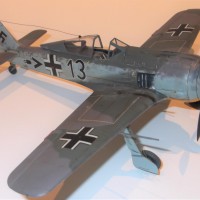
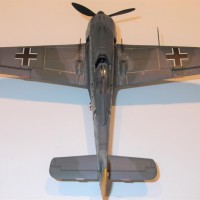
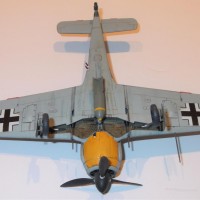
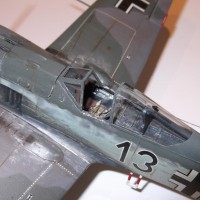
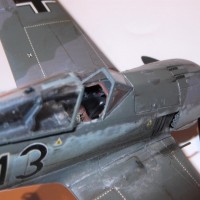
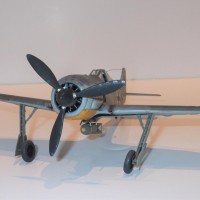
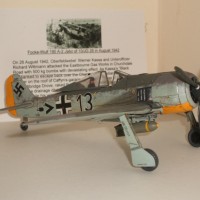
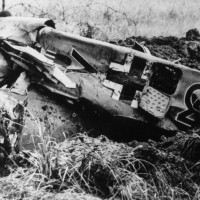
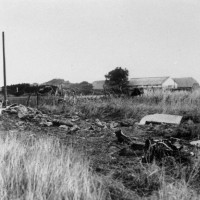
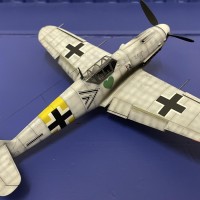
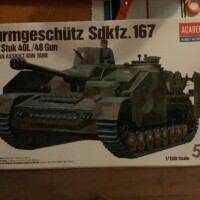
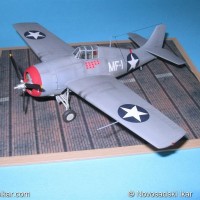
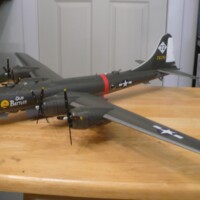
Nice lookin' build, Paul...love the detail work.
VERY fine, Paul! I was surprised at the flyable condition of the airplane's represented model. but when I saw the photos, I saw you HAD to make it as it started out that day, not like the Duxford Bf-109, which slid in & was
in much better shape after the crash.
Very good looking "Butcher Bird"... I like it when the back ground story behind the actual plane is included with the photos of the model. Two thumbs up Sir !
Nice work Paul!
🙂 ... Greetings ... 🙂 :
Nice work on that FW-190 as well as the setting ... looks good Paul.
Nice build centered around this tragic historic event Paul!
More great history, Paul - and a great looking 190. That must've been some crash. I saw the pictures in your book and marveled at the mess.
For anyone who likes history of the Battle of Britain, I highly recommend Paul's book, "Beachy Head! Angels 20." It's a great read & includes many other pictures of the planes that went down during the summer of 1940 around Eastbourne, England. (Look at the extreme Southeastern corner of England on a map & you'll see Eastbourne, England. Beachy Head is the point of land right there on the tip.)
Jeff - Thanks for the plug.
Paul, that's an interesting insignia behind the "winkel". I've never seen one like it before. Probably indicates the position in the staffel, albeit the fighter-bomber element thereof.
Bernard - The insignia behind the balkenkreuz was unique I think to JG 26 / 10 (Jabo) Staffel combining the chevron with the image behind it, a stylised image of a bomb. There's a fascinating book by Chris Goss which describes the development of the Luftwaffe fighter-bomber in WW2, as well as the Jabo sorties of both JG 2 and JG 26, together with the units they later became. Recommended reading for anyone really interested in that area, me amongst them.